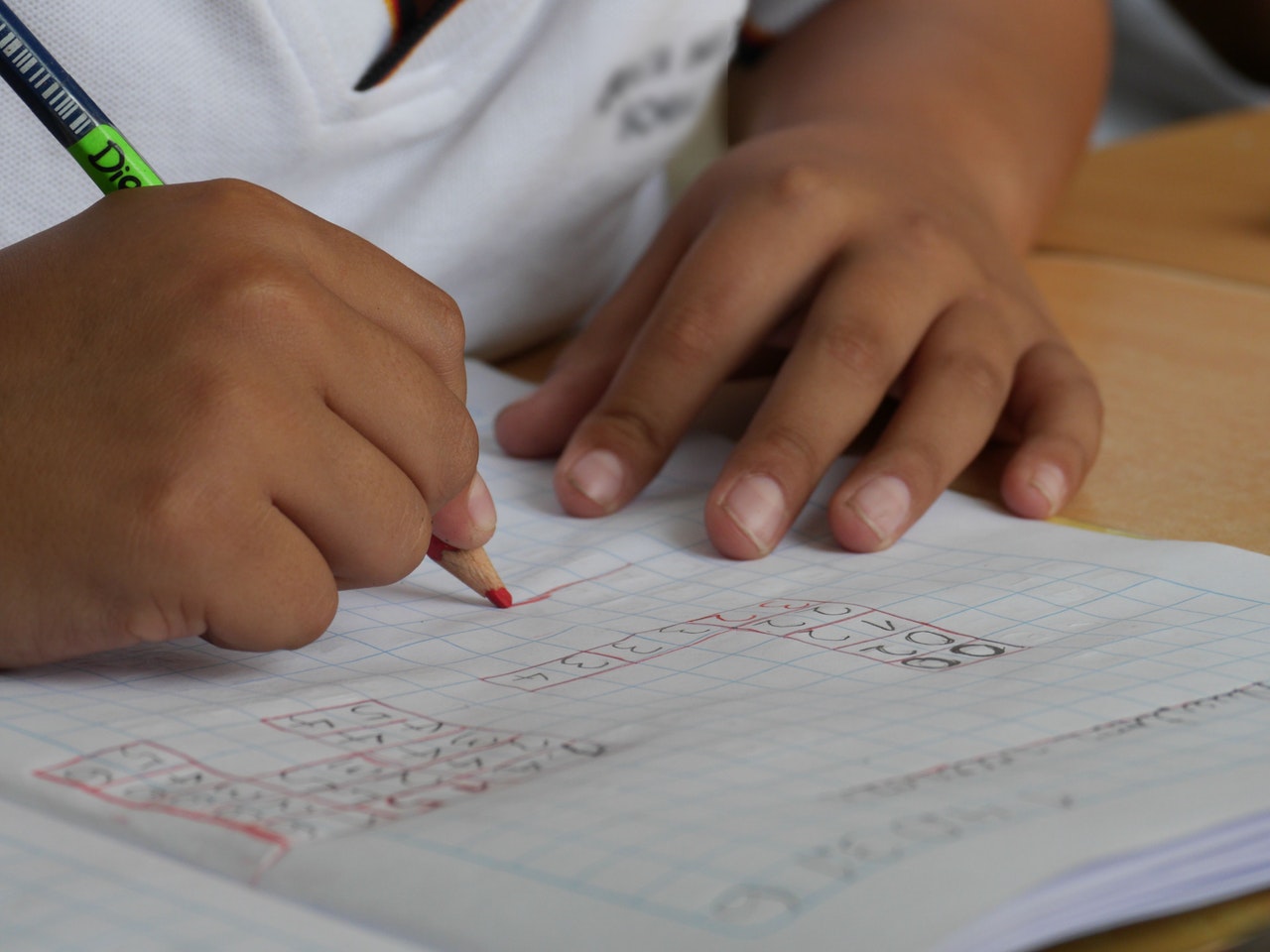Some people might argue that there is no point in setting homework for bottom set classes: they aren’t likely to complete it because they’ll forget about it or not understand what to do. Lack of organisation and poor understanding are major roadblocks for weaker students and completing work at home. These factors often contribute to why students may not complete homework while getting them to complete summer homework was another matter altogether.
At the start of last academic year, I identified what I thought were the main issues that my students had with homework. Number one: they forgot about it. They didn’t see it. They didn’t know when it was due. Conversations often started with, “Miss, did we have homework?” I often responded by opening up their exercise book to the work, to which the student would reply, “Oh, I didn’t see that!” Number two: I wasn’t consistent with how I set homework. In line with my school’s policy, I set homework twice a week, but that was as consistent as I got. This needed improvement. Number three: students often didn’t understand what to do.
Here are the solutions I came up with, which, after a year of trying them out, I found to be very effective.
1.Use coloured paper
They didn’t see the homework. This is because it was printed on white paper and looked like every other handout they received. It didn’t stand out. I started printing their homework on the same colour paper each time, and didn’t use that colour for anything but homework. When they wrote the task into their planners, they could simply write: “Green sheet”.
2. Make a homework schedule
At the start of the year, I went through my timetable and created a schedule to make clear exactly on which days I would set homework every week along with when it would be due. I also scheduled when I would collect books in on a fortnightly basis for marking. Not only did I indicate when homework would be given, but also what kind of work would be given (see point 5). All of my students were given copies of the timetable to put in their exercise books and planners. This kept me accountable, and ensured that they knew what to expect. The all too frequent question of “Do we have homework?” and the subsequent moans when their question is answered in the affirmative stopped. Instead, students started telling me that they have homework and some even wrote it in their planners without being told to!
3. Include clear instructions and a due date
At the top of every single piece of homework I give my students, I put in bold letters the date it’s due and a suggested amount of time it might take. I put clear, short instructions of my expectations for how the homework should be completed.
4. Use Show My Homework
My school started using the website Show My Homework a couple of years ago as a way of posting work to do online for both students and parents to see. It took teachers awhile to use the website consistently, but it’s made a big difference. I still ensure my students write their homework in their planners, in case they don’t have Internet access. They now have three ways of checking homework: the information on the sheet they’ve glued in their book (with the due date and instructions clearly indicated!), their planner, and the website.
5. Have different types of homework
When it comes to doing a lot of working out and practicing what they’ve learned, I prefer my students to be in the classroom with me and a teaching assistant, if there is one. I prefer to have an enforced independent learning environment with support, rather than having students go home and reinforce their misunderstandings or give up. I no longer wanted to provide homework that was simply practicing the skills they’d learned in class. I came up with four different kinds of homework, which would be set across a fortnight: a booklet task, a reading task, a research task, and an online task. By setting these consistently throughout the year, students learned how to complete these tasks and knew what to expect.
The booklet task is the one that I mark and provide feedback on. It is an A5 booklet (one sheet of A4 folded in half). The first page is always long term recall, helping students revise skills from earlier in the term or year. The inside pages are questions related to what we’ve been doing in class over the past few lessons. They are often similar to examples and class work that they have in their books. For lower ability students, I differentiate the work by giving hints, providing an example, and sometimes including fewer questions.
The reading task consists of a few paragraphs about an interesting Maths topic (always on green paper!). This could be how Maths relates to something else such as sports or animals, or it could be about the history of Maths. The task requires students to answer questions about the reading. In a Youtube video by Numberphile called “Why do people hate mathematics?”, a man explains that the way in which Maths is taught in schools is as if in Art, students were only taught how to paint a white fence. In other words, students don’t learn about the potential and beauty of Maths. These reading tasks provide a way of exploring the rich world of Mathematics.
The research task, always on yellow paper, requires students to find out definitions of Mathematical concepts or vocabulary that we haven’t yet learned about in class. Sometimes they are words that will come up in our next unit of study, sometimes they are words that I think they will find interesting.
The online task is on the website Mymaths, which marks the task automatically when it’s completed and offers online lessons. This is always set when I collected their exercise books in.
Homework doesn’t have to be an ongoing battle. Have clear expectations. Identify your students’ weaknesses and find ways to support them. Be consistent.










